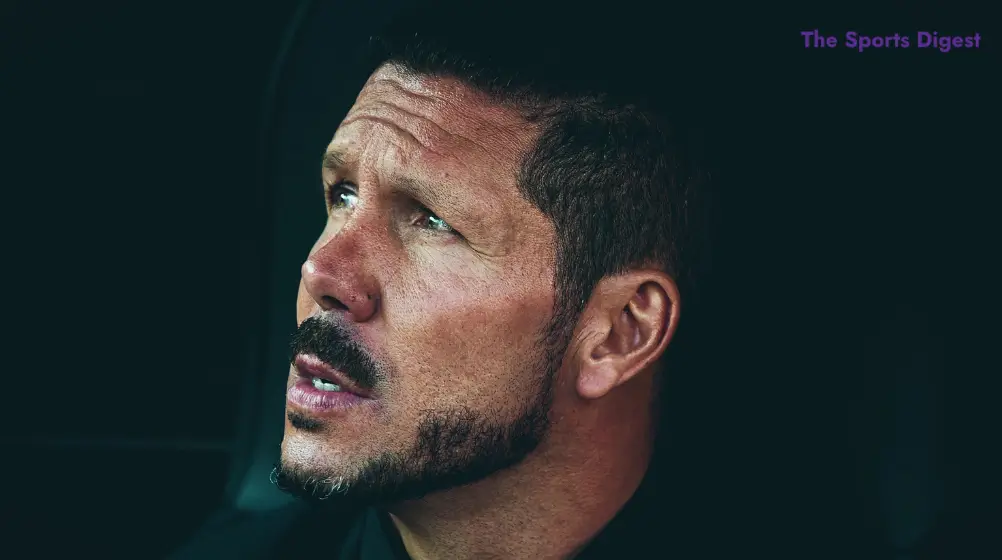Football’s Aesthetics: What Defines ‘Good’ Play?
In modern football’s, quality is increasingly determined by money and measurable player actions, with analytics rising to prominence in both boardrooms and living rooms. Yet this approach has a fundamental limitation: it overwhelmingly focuses on ‘on the ball’ actions, which constitute a remarkably small percentage of a player’s contribution during a match.
The reality is that crucial ‘off the ball’ actions remain the “unicorns of football analytics” – elusive, valuable, but difficult to quantify. Counter-pressing strength, defensive compactness, and intelligent spatial movement cannot be easily reduced to numbers, despite their immense tactical value. Consider that a clean sheet (the result of coordinated off-the-ball work) is mathematically more valuable than scoring a single goal, yet the transfer market disproportionately rewards those who put the ball in the net.
Table of Contents
I. Real Madrid & Politik: Football’s Influence
Football’s financial landscape has evolved into an oligopoly of super clubs, though this model faces increasing challenges. A profound disconnect exists between wealthy owners and ordinary fans, mirroring broader societal tensions. In many ways, football’s serves as a microcosm of competing political ideologies: Individualism versus Collectivism.
Real Madrid’s Galácticos era represents the quintessential individualistic approach – assembling a collection of the world’s most marketable stars, regardless of tactical coherence. This star-centric model prioritizes individual brilliance above systematic play.
In stark contrast stands Pep Guardiola’s Barcelona and their Juego de Posición – a collective football’s model emphasizing positional discipline, controlled possession, and synchronized movement. Despite their philosophical differences, both approaches typically rely on exceptional on-the-ball quality, available primarily to the wealthiest clubs.
II. What’s left and what’s right?
Effective possession-based play remains largely confined to wealthy clubs because of the exorbitant cost of elite technical players. This raises an essential question: why should clubs with more modest resources attempt to emulate this style?
A common misconception is that aesthetic quality is determined solely by on-the-ball actions. Beautiful football’s can be found in collective movement, disciplined defensive structures, and the coordinated press of eleven players working in harmony. The hyper-inflation of individual player values often obscures this truth.
While we must acknowledge the artistry within individual football’s actions – the elegance of a Zidane turn or the geometric precision of a De Bruyne pass – we should not conflate these moments with the broader concept of beautiful football.
III. The artistry (and science) of technique
Differential Learning (DL) offers a fascinating lens through which to view technical development in football’s. This methodology emphasizes situational adaptation over rigid repetition, forcing players to encounter variability and make mistakes as pathways to improvement.
Consider the contrasting receiving techniques of Zinedine Zidane and Lionel Messi – different in execution yet equally effective in context. This illustrates a crucial point: there is no single perfect technical method, only effective solutions to specific problems.
Technique trained through DL principles becomes individual, subjective, and artistic – it can be beautiful in its efficiency and uniqueness. Yet we must always remember that football’s remains fundamentally a team game, where collective actions ultimately determine success.
IV. Wenger’s greatest hits
Arsène Wenger’s philosophy at Arsenal exemplified an approach centered on facilitating beautiful individual talent. Yet this vision contained a fundamental contradiction: despite Wenger’s passionate focus on technical excellence, trophies often remained elusive during his later years.
As his tenure progressed, Wenger increasingly favored slighter, more technical players over physical specimens. His teams regularly produced moments of individual brilliance – think of Thierry Henry’s slaloming runs or Dennis Bergkamp’s balletic control – yet they sometimes lacked consistent collective cohesion, particularly in defensive phases.
This illustrates a crucial distinction: brilliant individual moments, no matter how numerous, do not necessarily equate to cohesively beautiful football’s. A symphony requires more than occasional virtuoso solos.
V: The arrogance of the dogmatic
Coaches like Guardiola and Jémez have demonstrated how possession can be integrated within cohesive collective structures. However, the financial barrier to effectively implementing high-possession styles at the elite level remains prohibitively high for most clubs.
A dogmatic view persists in some quarters that non-possession-based styles are inherently inferior and do not constitute “real” football. This perspective is both subjective and self-serving, primarily benefiting the wealthy “oligopoly” of clubs that can afford the technical specialists required for such approaches.
Aesthetic merit is not exclusive to possession-based (“baroque”) styles. Collective organization – whether manifested through possession or other approaches – represents the true essence of football as a team sport. The misconception that players who excel off the ball somehow lack quality or intelligence reflects a narrow understanding of football’s complexities.
Encouragingly, we are witnessing emerging signs of a new, collectively-oriented order in football, one that values organization and coordinated movement as much as individual flair.
VI: Cholo the brutalist
Diego Simeone’s Atlético Madrid represents a compelling counter-narrative – a team designed to win efficiently with available resources rather than conform to idealized notions of how football “should” be played. Simeone’s model is built upon collective off-the-ball movement (drawing from Arrigo Sacchi’s principles) and spatial minimalism.
Their defensive strategy involves surrendering possession in favor of compactness and aggressive pressing triggered by specific cues. This is complemented by rapid transitions to attack and disciplined collective reactions when possession is lost.
Such teams are often dismissively labeled as merely hard-working, with their intellectual and tactical sophistication overlooked. Yet there is genuine beauty and intelligence in this “brutalist” collectivity, which stands in contrast to the “baroque” possession-based approach.
Simeone’s methodology directly challenges both the dogma of possession and the money-driven valuation of technical quality. It bears comparison to the Dutch De Stijl movement in art: finding creativity through constraints rather than excess. This raises a provocative question: why is such football commonly dismissed as “ugly” when it demonstrates remarkable coordination and tactical acumen?
VII: After the argument
We might consider a matrix for understanding footballing ideologies along two axes: Individualistic versus Collective approaches, and Baroque (possession-focused) versus Brutalist (defensively organized) aesthetics. This framework helps us recognize that aesthetic judgment in football is inherently subjective, with no single approach holding the “moral high ground.”
When developing a game model, coaches must consider available resources and environmental factors. The wealthiest clubs can afford to assemble teams of individual virtuosos, while others must emphasize collective principles to maximize their potential.
This necessitates a progressive, liberal approach to team building that values collective principles appropriate to context. The choice between “baroque” and “brutalist” aesthetics ultimately reflects preference rather than objective superiority – both can produce football of extraordinary quality when executed with conviction and intelligence.
Football’s beauty, like all art, exists in the eye of the beholder. The sport’s richness lies precisely in this diversity of valid interpretations, each offering its own distinct vision of what constitutes “good” football.
Have you ever read an article like this?
There are no reviews yet. Be the first one to write one.






